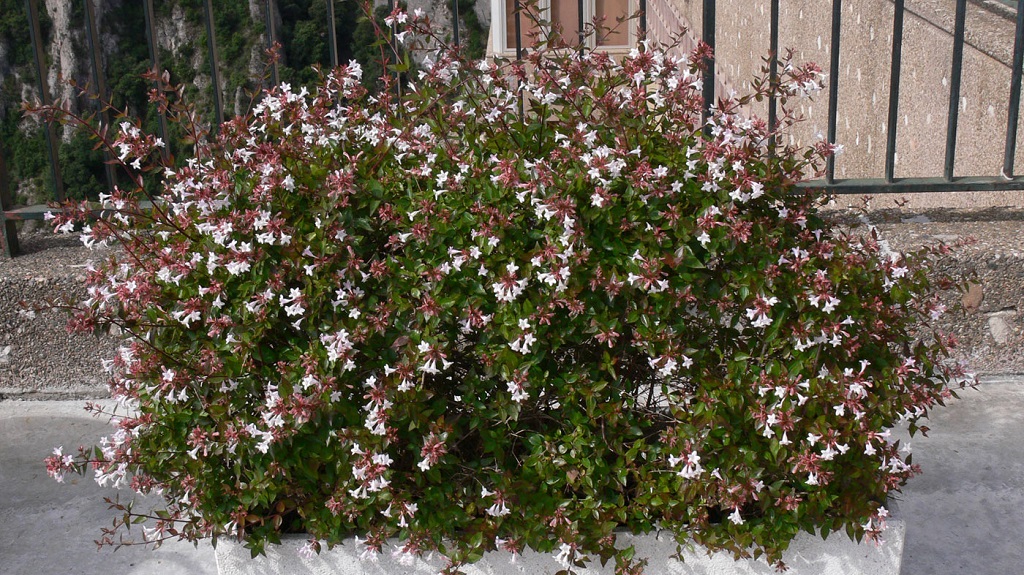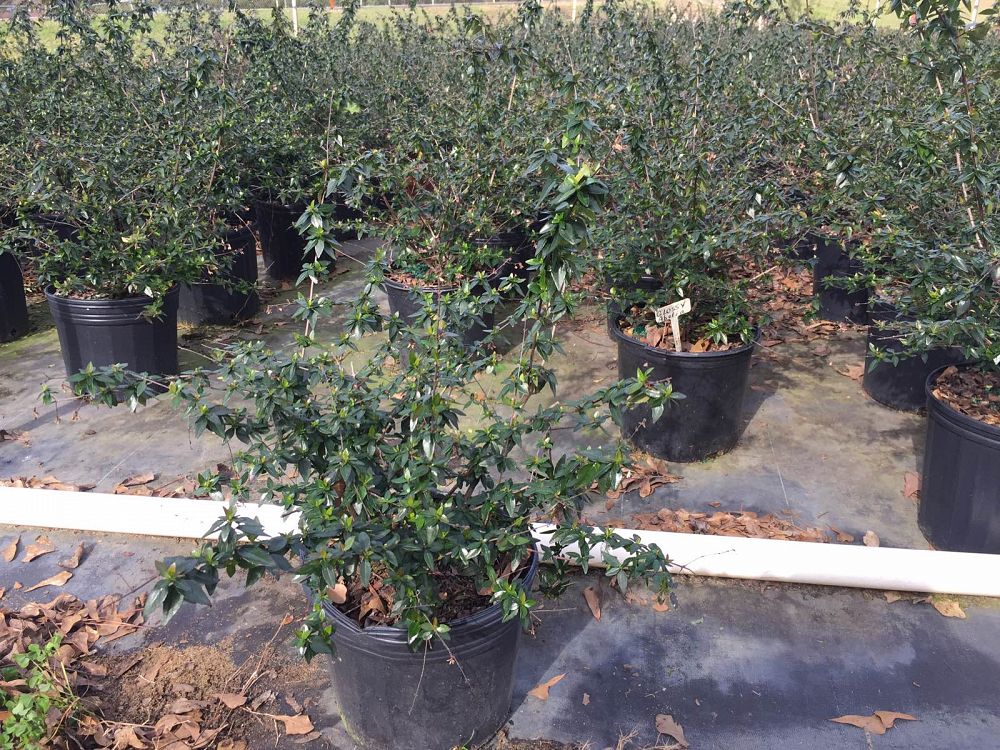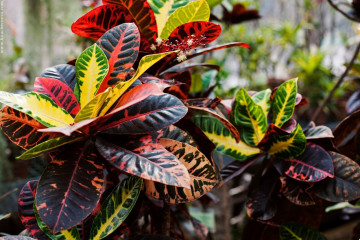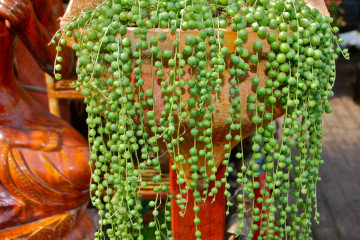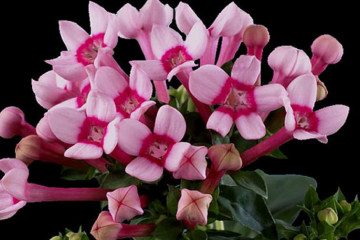Abelia large-flowered: home care and breeding methods
Content:
Abelia is a plant from the Honeysuckle family that can grow in a garden or apartment. There are more than 15 species and hybrid forms, differing in size and description of appearance.
Main types
Despite the variety of species, not all of them are intended for growing at home. Some of the varieties are capable of reaching 2-3 meters, therefore they are used as hedges and garden compositions. The most popular are the following types and hybrid forms.
Abelia korean
In the natural environment, Korean Abelia grows in the countries of the Far East. It has no decorative varieties, so only its wild-growing form is found.
An adult plant grows up to 2 m. The leaves are ovoid, their length is 5-6 cm.
When the abelia blooms, the plant will be densely covered with large pinkish flowers. The aroma is strong and pleasant, persists throughout the long flowering stage. As a result, places of compact growth are literally shrouded in a delicate aroma.
Abelia Grandiflora
Abelia grandiflora grows to a height of more than 0.5-1.5 m.
Flowering occurs in late spring and ends by early autumn. Flowers can range in shades from white to pink. A characteristic feature - flowers, tubular, collected in paniculate inflorescences at the tips of the shoots.
Oval leaves with a smooth surface are painted in rich green shades.
Abelia grandiflorum
This is a hybrid form. Young plants have pale pink shoots and small pointed leaves. Abundantly growing white inflorescences are on the bush for a long time.
The varieties most loved by gardeners:
- Francis Mason is a compact shrub with yellow leaves.
- Abelia Edward Goucher is a variety that combines reds and purples.
No less popular varieties:
- Little Richard is a dwarf, abundantly flowering variety.
- Abelia Kaleidoscope is an evergreen compact plant with bright multicolor shades.
- Confetti is a shrub that grows no more than 1 m in height. Flowers, like leaves of different shades.
- Mosan Abelia - white inflorescences with a pleasant scent, reminiscent of a mixture of lilac and jasmine. Good winter hardiness, the plant is able to withstand frosts down to -15 ° C.
Today, new varieties with golden foliage are also offered to the attention of flower lovers. "Keats gold", "Super Gold", "Little Gold" - their appearance can amaze even those who have long been engaged in the cultivation of this crop at home or on the site.
Abelia: home care
Abelia is a shrub that is unpretentious to care for. Its cultivation is within the power of novice gardeners. But in order for the plant to please with long flowering and good growth, it is necessary to create conditions close to the natural zone of its growth.
- Humidity
The Abelia flower can only be moistened with a spray bottle on hot summer days. No spraying is required in winter.
- Lighting
The best place for growing indoor or garden varieties is a well-lit place or partial shade. It is not recommended to plant the plant in the shade or under open sunlight.
- Temperature
Caring for a plant at home implies compliance with the temperature regime. The optimum temperature is considered to be 20-25 ° C.
- The soil
When growing aromatic abelia and other varieties, slightly acidic soil is used. The plant reacts well to fertilizers, so compost or humus is added to the soil.
- Watering
Abundant hydration is required in spring and summer. Watering is reduced in autumn and minimized in winter.
Reproduction methods
Plant propagation is possible in two ways: cuttings and seeds.
- Cuttings
Cuttings remain after spring pruning. Rapid root growth is observed in light soils. Containers with seedlings are transferred to a warm room.
- Seeds
The seeds are sown in the middle of winter. Shoots appear quickly enough and grow rapidly. It is necessary to care for them in the same way as for an adult plant.
Growing this plant is a simple and fun process. The plant has a long and beautiful flowering, therefore it often acts as a decoration for a garden and landscape compositions.

